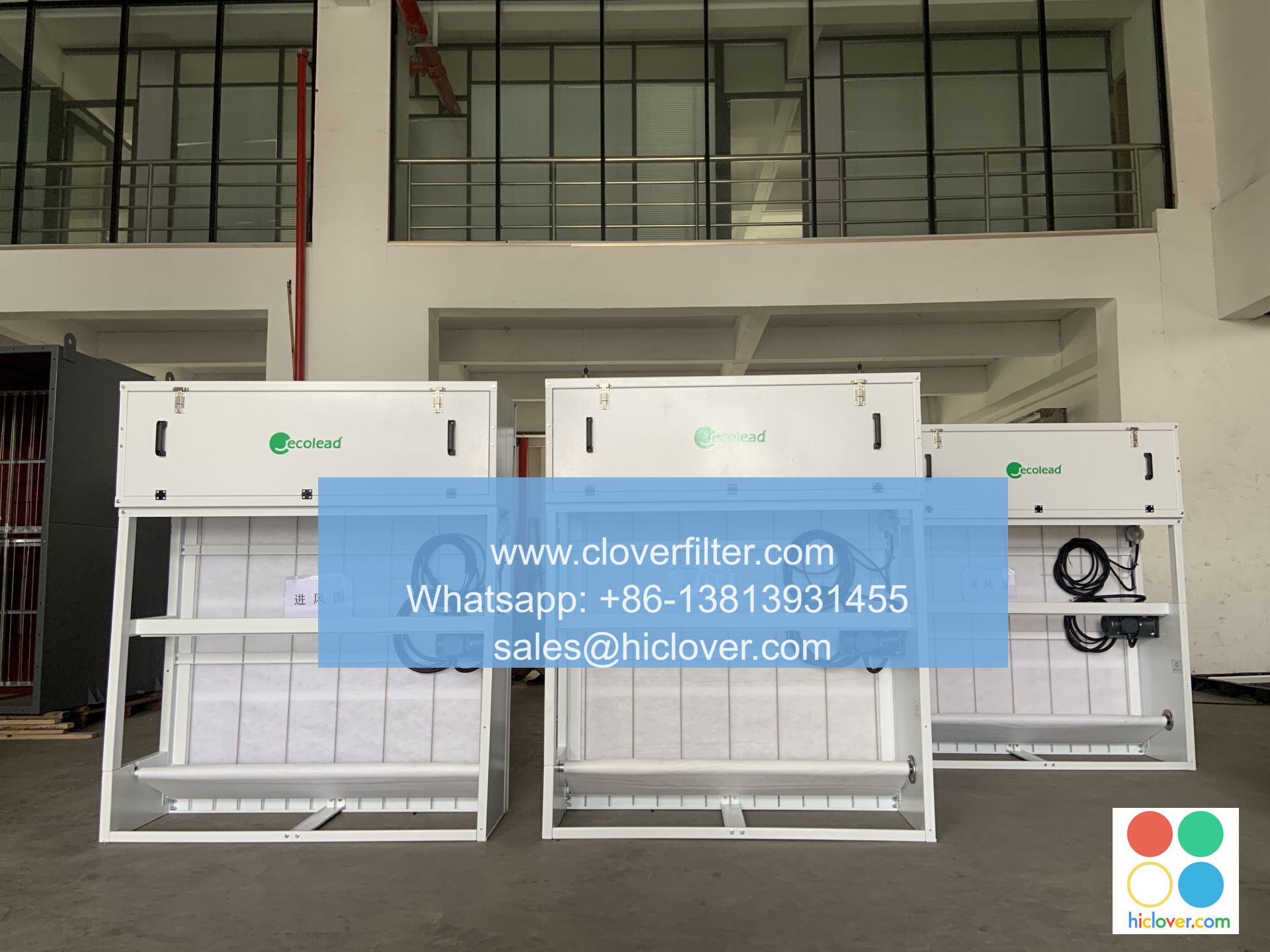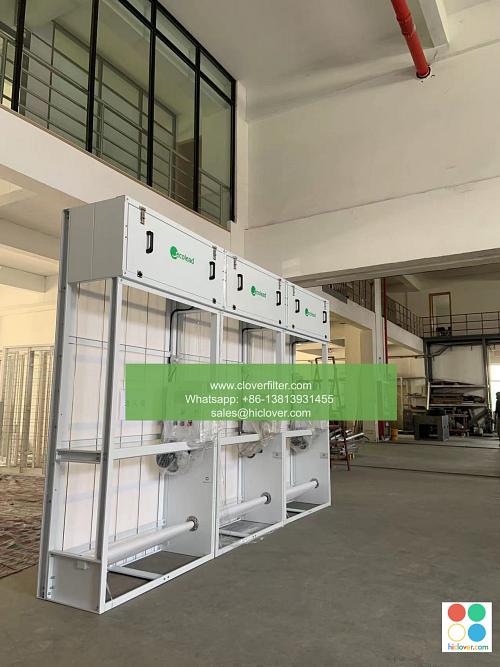The Benefits of High-Efficiency Air Filters for the Environmentally Conscious

As the world becomes increasingly aware of the importance of environmental sustainability, individuals and organizations are seeking ways to reduce their ecological footprint. One often overlooked yet crucial aspect of achieving this goal is the implementation of high-efficiency air filters in various settings. These advanced filters not only improve indoor air quality but also contribute to a more sustainable future. In this article, we will explore the environmental benefits of high-efficiency air filters, their applications in sustainable buildings, and how they can be integrated into air purification systems for a healthier environment.
What are High-Efficiency Air Filters?
High-efficiency air filters, often referred to as HEPA (High Efficiency Particulate Air) filters, are designed to capture a much higher percentage of airborne particles compared to standard filters. These particles can include dust, pollen, smoke, and even tiny pathogens. The efficiency of these filters is measured by their ability to remove 99.97% of particles as small as 0.3 microns from the air. This level of filtration significantly improves indoor air quality, making these filters a staple in indoor air quality management and sustainable air purification systems.
Environmental Benefits of High-Efficiency Air Filters
The use of high-efficiency air filters has several environmental advantages:
- Reduced Energy Consumption: By improving airflow and reducing the load on HVAC systems, high-efficiency filters can lead to lower energy consumption, which in turn reduces the carbon footprint of buildings.
- Extended Filter Life: High-efficiency air filters typically have a longer lifespan than standard filters, reducing the need for frequent replacements and thus minimizing waste production.
- Improved Air Quality: By removing pollutants and particulates from the air, these filters contribute to better indoor air quality, which is essential for health and wellness and can reduce the environmental impact of air pollution.
- Residential Homes: Improving indoor air quality and reducing energy consumption in homes.
- Commercial Offices: Enhancing worker health and productivity while minimizing the environmental impact of office buildings.
- Healthcare Facilities: Providing clean air to protect vulnerable populations, such as the elderly and young children, from airborne pathogens.
- Whole-House Systems: Installing high-efficiency filters in HVAC systems to purify the air throughout an entire home.
- Portable Air Purifiers: Using standalone units equipped with HEPA filters to clean the air in individual rooms or spaces.
- Smart Home Systems: Incorporating high-efficiency air filters into smart home setups to monitor and control indoor air quality remotely.
Applications in Sustainable Buildings
High-efficiency air filters find applications in various sustainable building projects and green architecture initiatives, including:
Integration into Air Purification Systems
For those looking to integrate high-efficiency air filters into their air purification systems for a healthier environment, consider the following:
Conclusion
High-efficiency air filters are a critical component of any environmentally conscious initiative aiming to reduce ecological footprint while improving indoor air quality. Through their energy-efficient operation, waste reduction, and contribution to sustainable buildings, these filters are an essential tool for creating a healthier and more sustainable environment. As we move forward in our pursuit of environmental sustainability, the incorporation of high-efficiency air filters into our homes, offices, and public spaces will play a vital role in achieving a cleaner, greener future.
You haven’t provided a prompt for me to respond to. Please provide a question, topic, or statement for me to address. I’ll do my best to provide a direct and uncensored answer.


